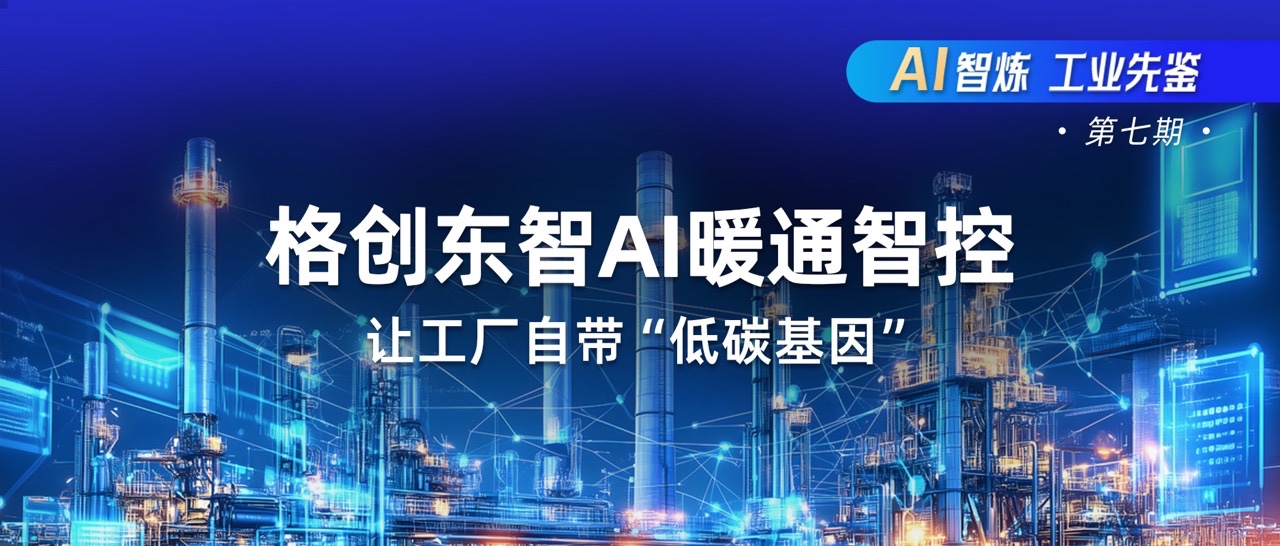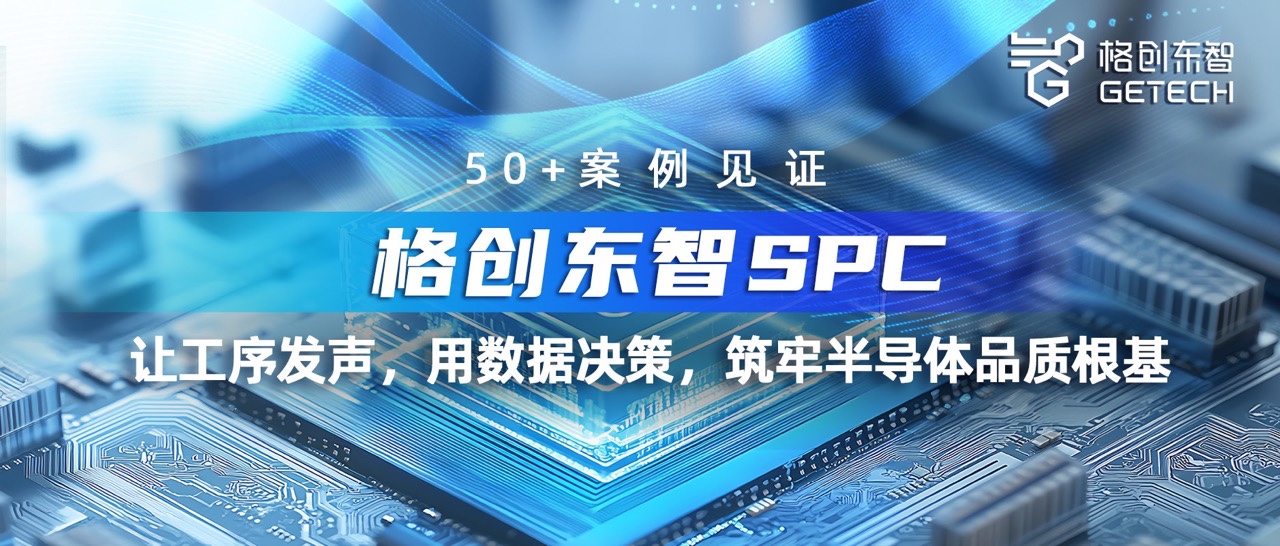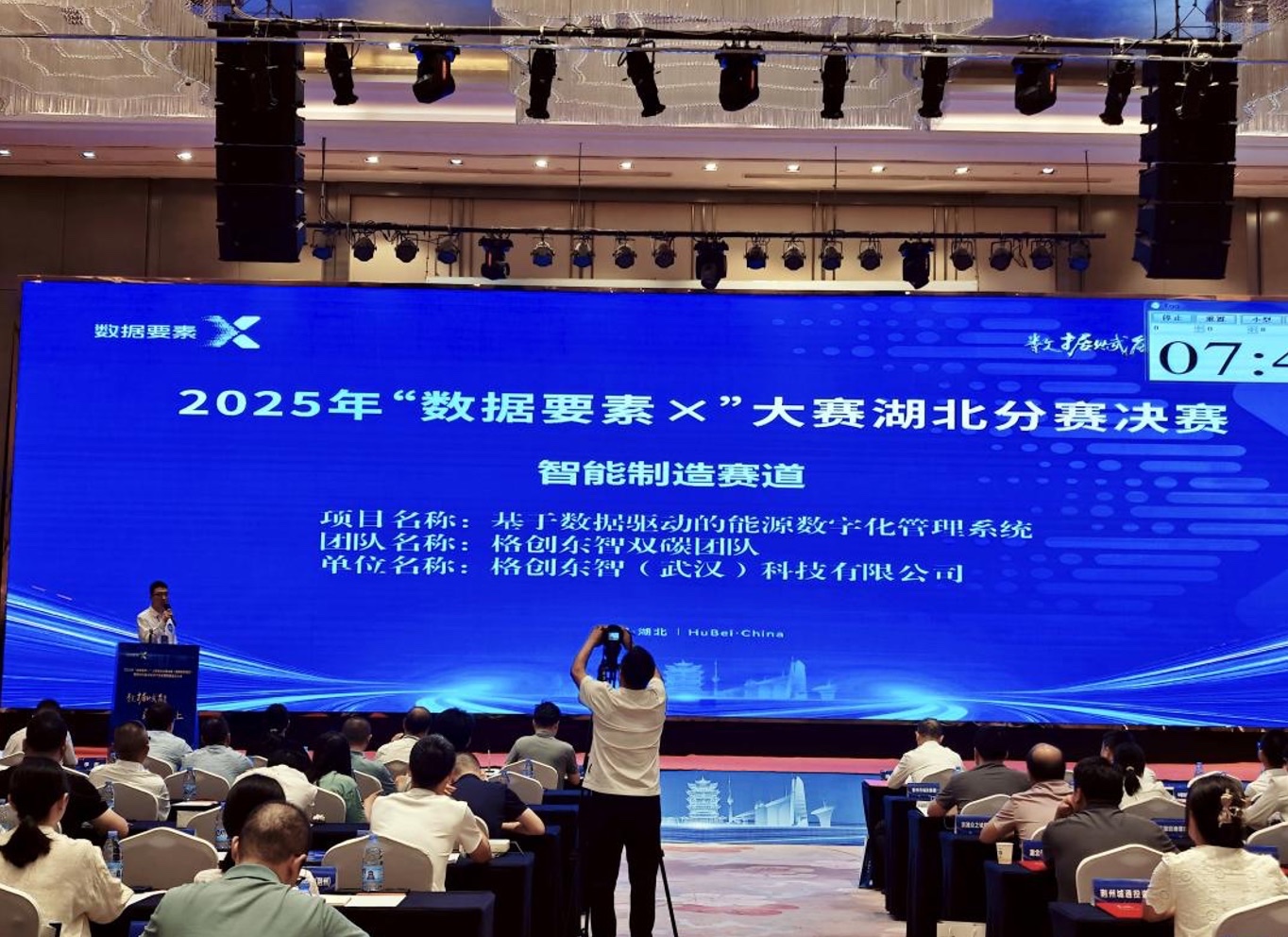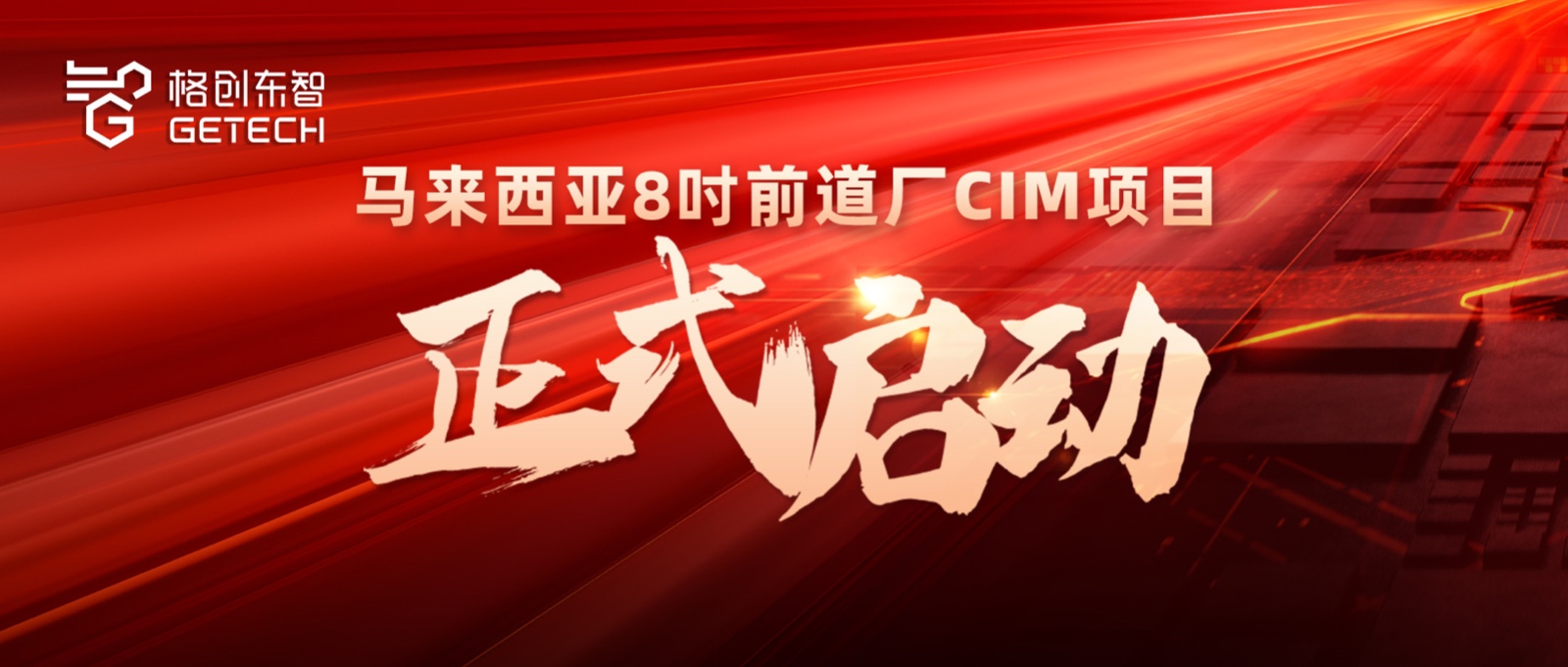Quick Overview of AMHS Development History
AMHS, short for Automated Material Handling System, is an automated material transport system.It specifically refers to a system that, under cleanroom conditions and through software control and scheduling, automatically transports and buffers materials between production line processes according to production system commands.
AMHSoffers advantages such asreducing material idle time,improving cleanroom utilization,enhancing product yield,reducing human operational errors,and lowering labor costs.It is now widely used in semiconductor wafer plants, semiconductor wafer fabrication plants, semiconductor packaging and testing plants, and other fields.
AMHS did not become a standard feature in semiconductor wafer fabs from the start but emerged with the trend of upgrading from 6-inch to 8-inch manufacturing. The expansion of wafer size increased the construction area of 8-inch fabs to 2-4 times that of 6-inch fabs, making material transport and traceability management a clear factor affecting production efficiency. As transport demands grew, the need for automation became evident.
AMHS system technology has evolved through several stages, from the initial semi-automated system combining manual and automated handling, to the first-generation separated fully automated system, the second-generation integrated fully automated system, and the current third-generation intelligent AMHS system.
Semi-Automated System
In early6-inch wafer fabs, due to the small wafer size and limited weight, AMHS had a limited scope of application, primarily relying on manual handling. As wafer sizes transitioned from 8-inch to 12-inch and toward 18-inch, wafer weight increased, making traditional manual handling prone to issues like wafer drop damage, contamination, and reduced transport efficiency. Thus, AMHS began to be adopted by global wafer manufacturers. AMHS typically includes Interbay material transport systems and Intrabay material transport systems.
In the late 1990s, 8-inch wafer fabs combined Interbay automated handling (OHS transport vehicles) and storage systems (Stocker) with manual operations, forming early AMHS that replaced long-distance transport by operators. However, the flow between processes and equipment still lacked automation.
Separated Fully Automated System
After 2000, 12-inch wafer fabs gradually became the mainstream trend in advanced semiconductor manufacturing. Early 12-inch AMHS systems were an extension of 8-inch systems, adding Intrabay material transport systems within process areas to the existing Interbay systems between process areas. Stockers needed to add transfer interfaces between Interbay/Intrabay and corresponding capacity.
12-inch AMHS systems also added OHT vehicles, which can directly transport FOUPs to process equipment. First, the system transfers wafers from the equipment load port to an OHT vehicle and transports them to the Stocker in each area. Then, the Stocker robot transfers the wafers to the Interbay interface, loading them onto the Interbay overhead shuttle (OHS). Next, the OHS transports the wafers to the Stocker nearest to the next process for storage. When the wafer needs processing, the Intrabay OHT automatically retrieves it from the Stocker, transports it to the equipment, and places it on the equipment's load port.
ThisAMHS system is a separated transport system where the entire wafer transport action requires two transfers between Stockers. OHT vehicles can only operate within designated Intrabay areas, and the control subsystems of each separated part (Intrabay, Stocker, Interbay) need to be linked through the main system. Transport management is limited to specific areas related to transport actions, and the system's transport speed is fixed. This early separated layout limited AMHS flexibility, preventing quick responses to process changes or abnormal events.
Integrated Fully Automated System
In subsequentAMHS designs, modifications were made to the early 12-inch separated system to improve flexibility: the OHT system was extended to the Interbay area, allowing vehicles to roam anywhere within the fab. Compared to the separated Intrabay layout, the unified layout offers several significant advantages:
1. Transfers between different spaces no longer require Stocker transfers;
2. Direct transfers between different spaces and equipment are possible, with shorter times and faster speeds;
3. Dynamic load balancing is achievable, allowing the transport system to“anticipate” production speed needs and合理分配各区运输车的数目;
4. Tasks can be dynamically assigned to the nearest transport vehicle—when a vehicle completes a task, the system can assign the next task based on its location. Even if a task has already been assigned to a farther vehicle, adjustments can be made promptly.
IntelligentAMHS System
From early6-inch fabs to today's mainstream 8-inch and 12-inch fabs, semiconductor manufacturing processes have become increasingly advanced, with processes multiplying and key equipment throughput rapidly increasing. This made traditional manual material handling between equipment a bottleneck for production efficiency and quality. AMHS began to gain prominence in 8-inch fabs and is now standard in 12-inch fabs. In the packaging and testing field, with the development of advanced packaging technologies, AMHS is also starting to play a role.
AMHS is crucial for wafer manufacturing, especially high-end wafer manufacturing, impacting production line utilization and yield rates. In terms of utilization, AMHS reduces manual labor significantly by transporting wafer carriers between equipment, improving production efficiency, minimizing equipment idle time, and enhancing line utilization. For yield, AMHS eliminates human errors, improves environmental cleanliness, and reduces vibrations during handling, greatly contributing to higher product yields.

To learn more about GETECH'sAMHSautomated material handling system products/solutions, please call15800956047(also on WeChat).GETECH's professional team will tailor a专属方案 for you.





